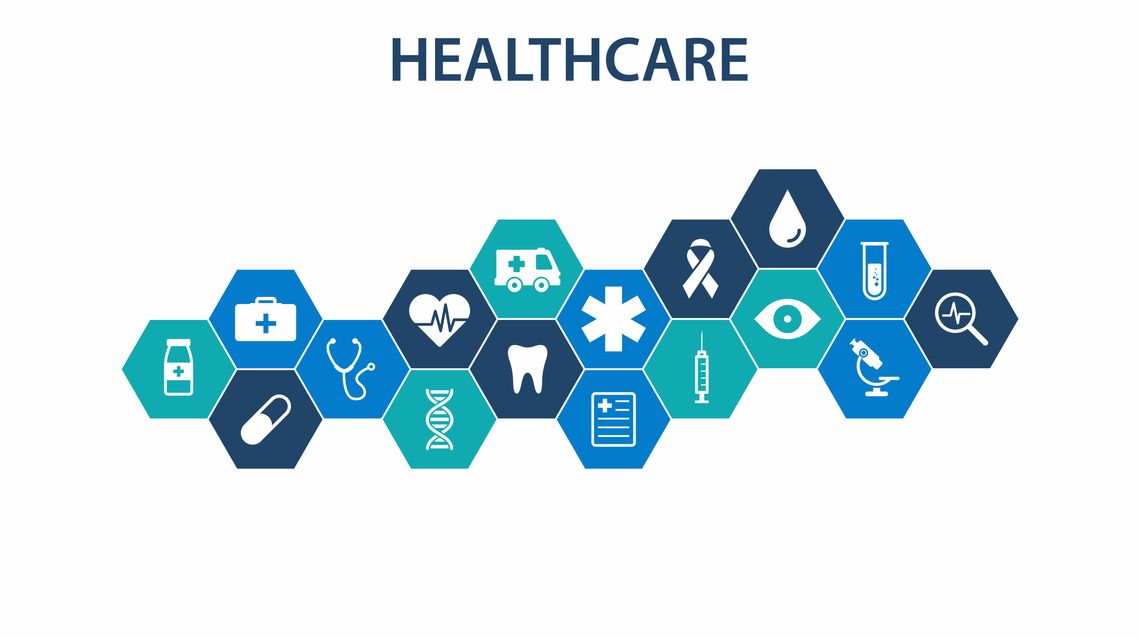Most Williamson County residents live less than four miles from a hospital; the county has slightly more than the state average in primary-care physicians, drug and alcohol counselors; and, for reasons unknown, far more dentists than usual.

That’s according to a snapshot of the county using data from various sources from 2020 through 2022, compiled by Texas Community Health News, a program of Texas State University’s Translational Health Research Center in coordination with the university’s School of Journalism and Mass Communication.
However, things are changing fast for the county and particularly east Williamson with a surge of residential growth and economic development that will greatly increase the need for a variety of services including health outlets closer to home.
While the county is far from rural with more than 660,000 residents, U.S. Census data shows that population in ZIP codes that make up East Wilco represent less than 10% of the count.
“Taylor is going to be considered suburban before too long” and will create a demand that outstrips what is there now, said John Henderson, CEO of the Round Rock-based association Texas Organization of Rural and Community Hospitals or TORCH.
Health care services are generally clustered in the more populous Round Rock and the county seat of Georgetown. The growing populations inside and near the city limits of Taylor and Hutto mean more doctors and dentists are setting up shop in those cities, too.
The one hospital in east Williamson County is Baylor Scott & White Medical Center — formerly Johns Community Hospital — on Mallard Lane in Taylor. The facility has a 12-bed emergency department, a level 4 trauma designation and 25 inpatient beds along with a host of outpatient services.
The closest level 1 trauma center — for critical care — is Dell Seton Medical Center at the University of Texas 30 miles from Taylor and 28 miles from Hutto using toll roads. There are level 2 trauma centers in Round Rock and Georgetown.
The good news is that organizations that will follow population and employment trends into East Wilco with new facilities or expansion of existing operations are well funded, Henderson said.
“The challenge that an average rural hospital has with that kind of growth is access to capital,” Henderson said.
But with companies such as St. David’s HealthCare, which has a CareNow Urgent Care clinic in Hutto, and Baylor Scott & White Health, up-front capital is more readily available and doesn’t involve a bond issue or taxes.
“If they need a clinic, they’ll build a clinic pretty quick,” Henderson said.
Baylor Scott & White declined a request for an interview, but said in a written statement, “We’re constantly evaluating ways to expand access to care, especially in our fastest-growing communities.”
Williamson’s eastern neighbor Milam County has not fared as well, losing its two rural hospitals in late 2018. A dispute over millions of dollars in disputed compensation with a large insurance company left Little River Healthcare strapped for cash to operate its hospitals in Rockdale and Cameron.

Although an arbitrator awarded Little River $108 million in back payments for lab tests, it came too late to save the hospitals in Milam, which had closed 18 months earlier after no buyers came forward to take over the operations.
Those hospitals at the time served a population of about 25,000 people in a 1,000-square-mile area. The bankruptcy and asset liquidation also closed Little River clinics in Bastrop, Cameron, Georgetown, Rockdale, Salado and Temple.
While health care services abound in the communities along Interstate 35, low- or no-cost services are still more scarce into the more rural eastern Williamson County.
“East Williamson is a health-equity zone,” said Katherine Killian, a public-health registered nurse at the Taylor Public Health Center. “There are more single-parent households here.”
There are fewer uninsured people as a percentage in Williamson County, 10% compared to a state average of 17%, according to the county data from Texas State University.
To meet that demand, the Taylor Public Health Center recently beefed up operations from one day a week to five days a week. The resources came from the closure of the Georgetown clinic operated by the Williamson County and Cities Health District.
“Our clinic has been very busy, since students headed back to school and needed a source for low-cost vaccines to meet requirements,” Killian said.
She also has seen a lot of need for education about health care as the uninsured and underinsured residents come in for treatment.
In 2020, Williamson County had an estimated 6% of its residents living at or below the federal poverty line, which is about $24,000 a year for a family of three, according to the Texas State University analysis.
That’s better than the state average of 14%.
However, the county’s poverty rates are much higher among Black and Hispanic residents. Black inhabitants’ poverty levels of nearly 12% were almost triple the level among the Anglo non-Hispanic population. Those factors have been linked to social vulnerability, including access to affordable health care.
Other statistical findings in the county analysis included a higher rate of dentists in Williamson with 69.5 dentists for every 100,000 residents, compared to 49.65 statewide.
Primary-care physicians came in at 83.4 per 100,000 population in the county, outstripping the state’s 76.38 doctors for each 100,000 residents.
The causes of death by nonnatural means was a mixed bag in Williamson County in 2020.
County deaths by injury came in at 32.26 deaths per 100,000 residents, far lower than the statewide numbers of 42.98.
Suicides were even with Texas levels at 13.36 people per 100,000.
And transportation-related deaths, such as car wrecks, came in below the state average at 8.98 for the county compared to 14.38 statewide.








Comment
Comments